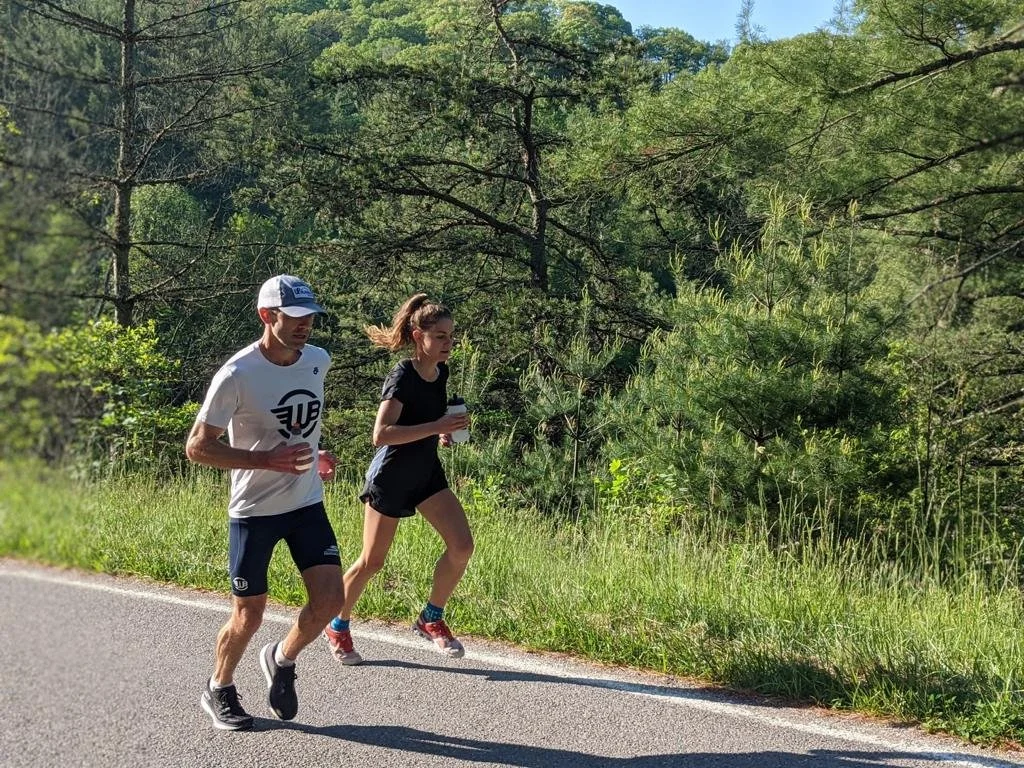Preparing for the Boston Marathon course
Running the Boston Marathon is every road racer’s dream—but running it “the right way” is a form of art.
The Boston Marathon course is unique in that it is mostly downhill for the first half and then when things start to get tough after 13.1, the course just gets tougher too. Heartbreak hill anyone?
Boston isn’t the only hilly course though—so for anyone running a hilly marathon, here’s some tips and tricks for preparing your body for the race course:
Implement hill strides into your weekly training
Running hill strides after a basic run can help with running economy and form on hills. After an easy run, pick a hill and start running up at a relatively hard pace for about 20-30 seconds. After that, walk or jog down the hill before the next stride. Do hill strides at least once per week along with flat strides.
2. Try some effort based runs instead of just pace-based
Running a course like Boston can mess with your head if you’re solely focused on the pace popping up on your GPS watch—remember that your pace is going to fluctuate quite a bit depending on the terrain. Try to implement some fartlek-type workouts that are focused on effort instead of pace and specific distance interval training. For example: try running 3 minutes hard, followed by 2 minutes easy. Then 2 minutes hard, 1 minute easy. Then add 1 minute hard. Do this a couple of times during a run to switch up the pace and add in some hills.
3. Do long runs on a road or trail with similar grade changes to the race
It’s helpful to simulate the race course during training runs. If you have a route that is slightly downhill for 10 miles and then rolling for the second half, use this as a practice run. Have a treadmill? Using a treadmill that has adjustable incline grades can be a great tool for simulating a hilly course.
4. Keep up with strength training
Don’t add anything too challenging to your routine during a build, but if you’re used to light strength training and bodyweight training, keep this in your training schedule. Working the right muscles will help you stay strong on the hills. Some helpful exercises include weighted lunges, step-ups and squats.
5. Work on downhill running too!
Don’t neglect working on your downhill running form and technique! Many people lose precious seconds or even minutes in a race due to inefficient downhill running form. Some of us tend to lean back and lose momentum when running on the downhills. Practice leaning forward and landing under your hips when running fast downhill. Maybe even add some downhill strides to your routine.
So whether you’re a Boston Marathon veteran or new comer, you can never be over-prepared! Good luck in April and we’ll see you out there!

